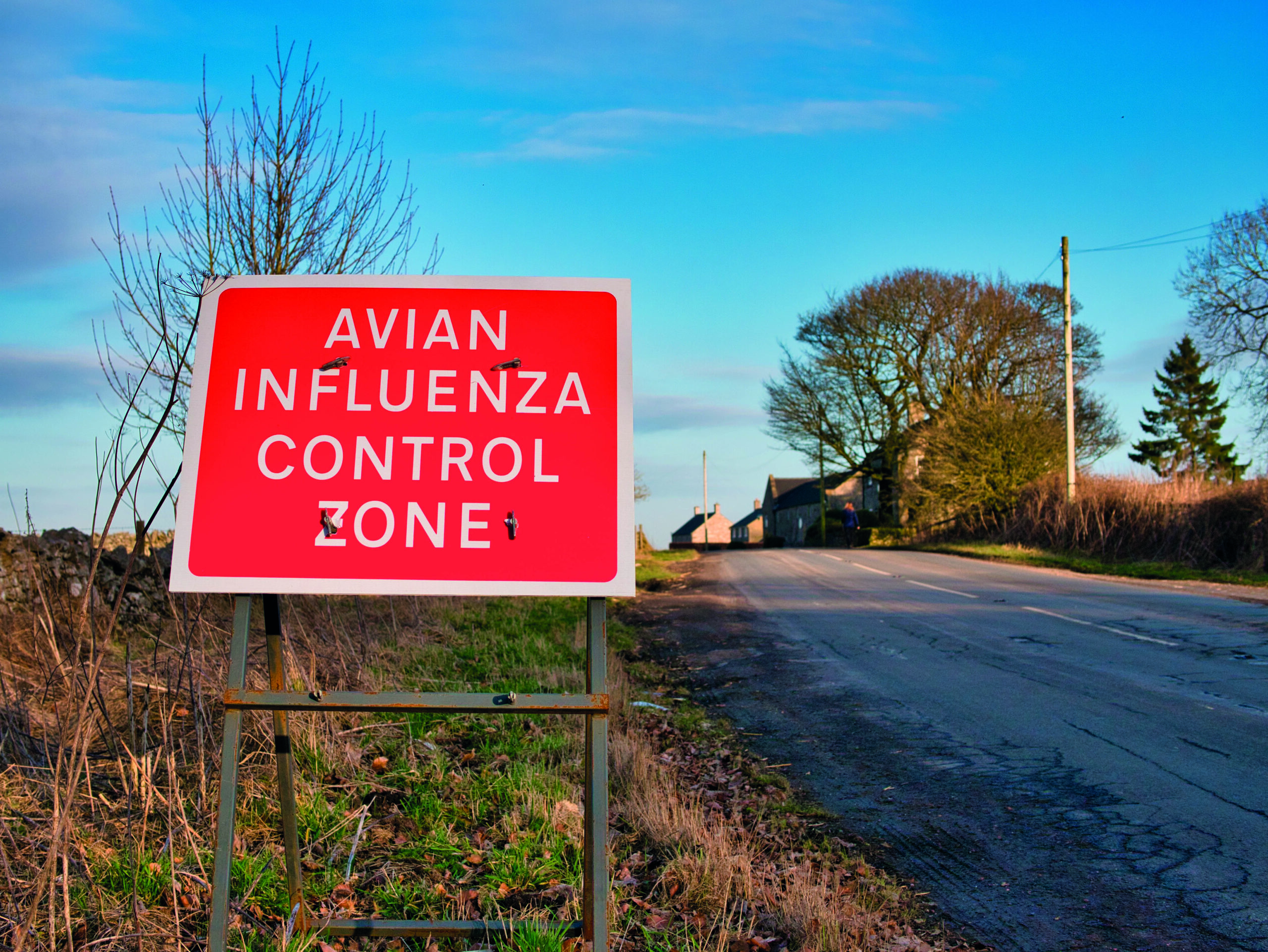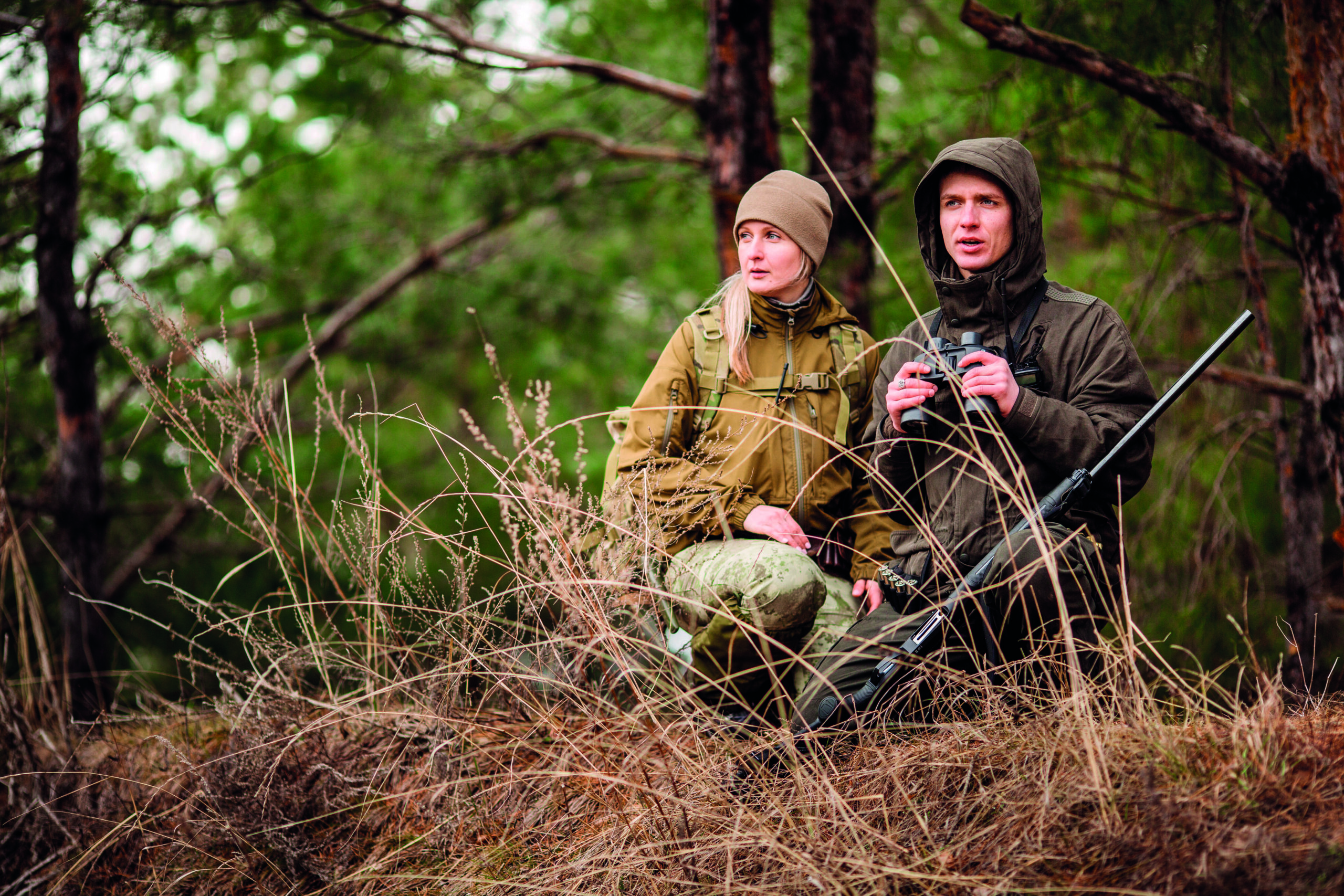Boosting lapwing numbers
Predator control will be a last resort in the Royal Society for the Protection of Birds? (RSPB) latest plans to boost Great Britain?s lapwing population.
More than 250 farms have been chosen to test measures that are designed to help the lapwing population recover from its serious decline over the past 50 years, but the proven benefits of predator control will be secondary to habitat management.
Lapwings are ground-nesting birds, therefore chicks, nests and eggs are susceptible to attack from corvids and foxes. On the issue of predator control, André Farrar, from the RSPB, told ST: ?There will be active fox and predator control going on across the sites, but it is work that the farmers will have been doing previously. It will be an issue continually raised and our position is quite clear ? we?re looking for habitat measures that can be applied and be available in the future, and we will learn more about predator control when studying these 250 farms. We are more concerned with getting the habitats and environments for the birds as good as we can, and we will control predators as little as possible. It?s more of a last resort than part of the initial plan.?
Researchers have selected between 40 and 60 trial sites for study in six different areas across the country. For example, in the Forest of Bowland, in Lancashire, 45 farms have been selected to be tested. Fifteen of these farms are implementing lapwing-friendly measures by wetting fields and creating ditches and scrapes. A further 15 are using more specialist practices labelled ?management plus?, including other methods of habitat improvement, while the remaining 15 are being farmed as control farms with no lapwing-specific measures.








